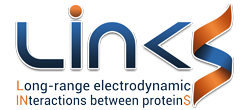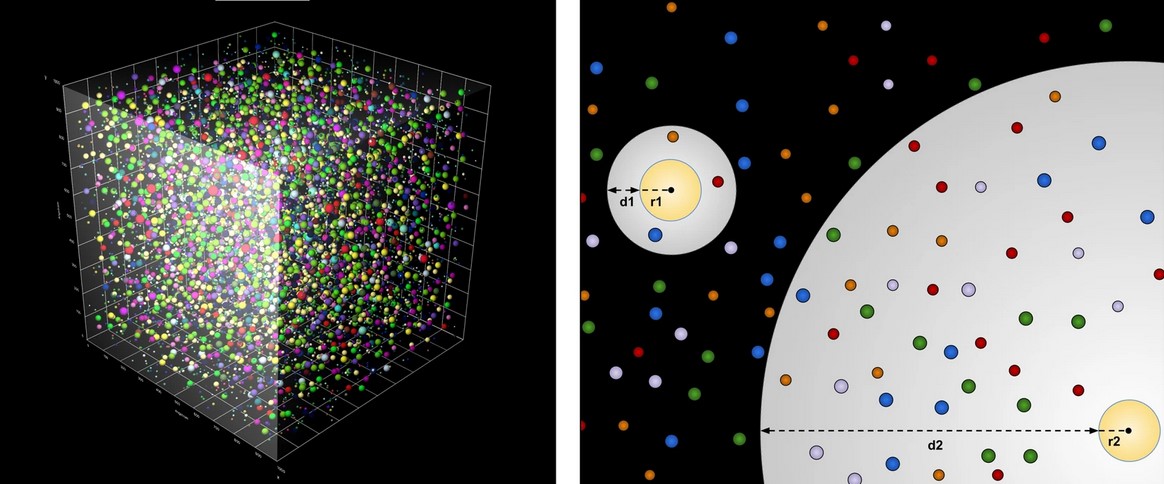ABSTRACT
Agent-based modelling and simulation have been effectively applied to the study of complex biological systems, especially when composed of many interacting entities. Representing biomolecules as autonomous agents allows this approach to bring out the global behaviour of biochemical processes as resulting from local molecular interactions. In this paper, we leverage the capabilities of the agent paradigm to construct an in silico replica of the glycolytic pathway; the aim is to detect the role that long-range electrodynamic forces might have on the rate of glucose oxidation. Experimental evidences have shown that random encounters and short-range potentials might not be sufficient to explain the high efficiency of biochemical reactions in living cells. However, while the latest in vitro studies are limited by present-day technology, agent-based simulations provide an in silico support to the outcomes hitherto obtained and shed light on behaviours not yet well understood. Our results grasp properties hard to uncover through other computational methods, such as the effect of electromagnetic potentials on glycolytic oscillations.
AUTHORS
Stefano Maestri, Emanuela Merelli, Marco Pettini.
REFERENCE
Scientific Reports volume 12, Article number: 1878 (2022)
Published:
Find the article in Open Access on Nature’s website.

